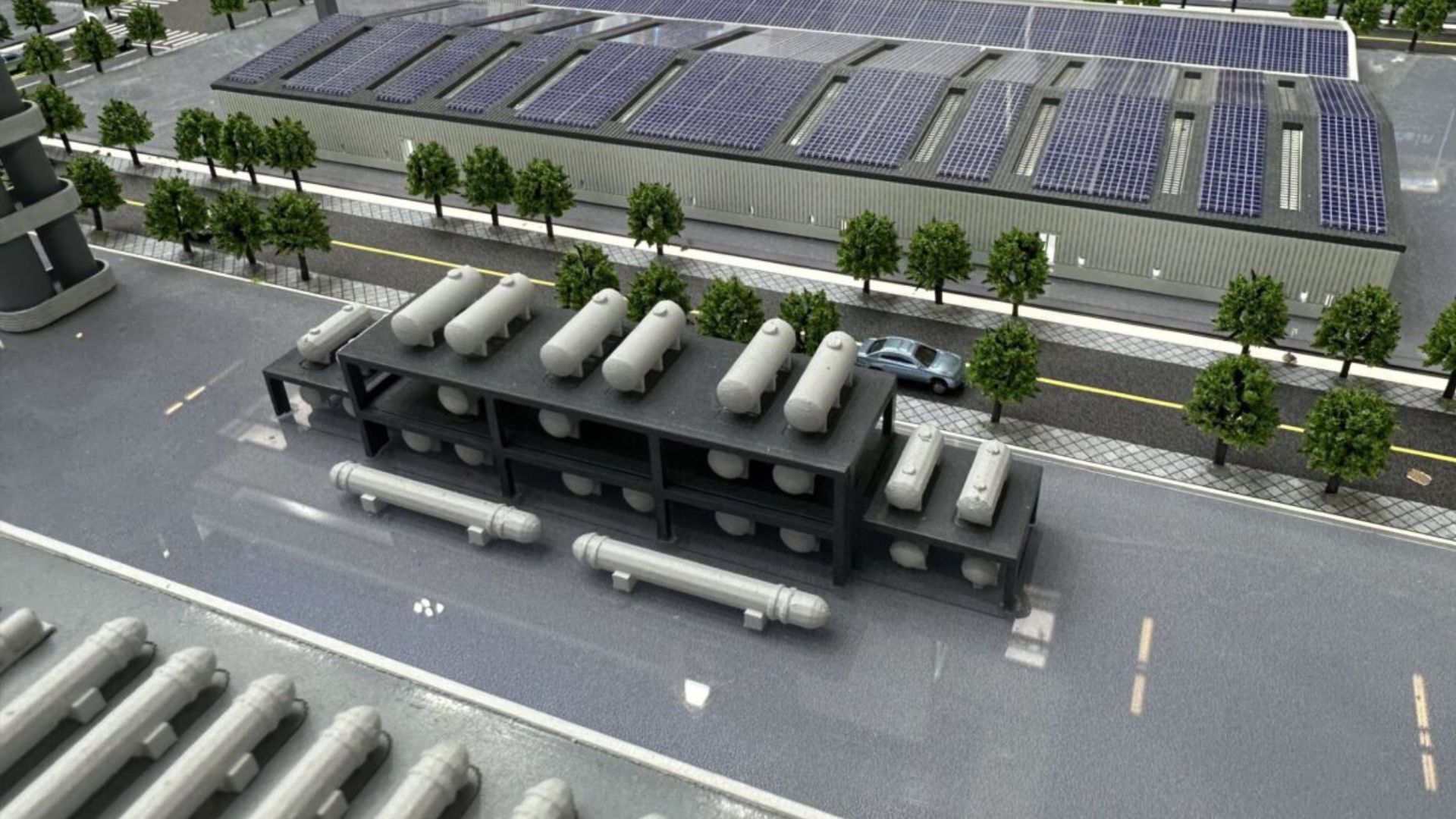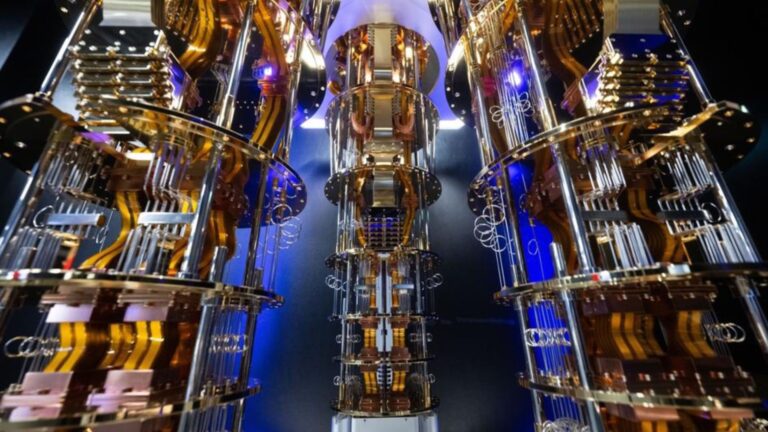
Researchers at the Institute of Science Tokyo have developed a solid-state hydrogen battery that functions at just 90 °C, dramatically lowering the temperature barrier that has hindered practical hydrogen storage. Published in Science on September 18, this breakthrough could revolutionize clean-energy systems and hydrogen-powered vehicles by overcoming long-standing storage challenges.
Revolutionary Low-Temperature Operation
Traditional solid-state hydrogen storage methods require 300–400 °C to release or capture hydrogen, making them energy-intensive and impractical for real-world use. The new system employs a solid electrolyte with composition Ba₀.₅Ca₀.₃₅Na₀.₁₅H₁.₈₅ and an anti-α-AgI–type crystal structure, enabling superionic hydride-ion conduction at temperatures below 100 °C. This structure features face-sharing tetrahedral and octahedral sites that allow rapid ion migration, transforming hydrogen storage from a laboratory curiosity into a commercially viable technology (TechXplore).
Technical Breakthrough Delivers Full Capacity
The battery pairs magnesium hydride (MgH₂) as the anode with hydrogen gas as the cathode. During charging, MgH₂ releases hydride ions that traverse the solid electrolyte to the hydrogen electrode, where they oxidize to H₂ gas. Discharging reverses the process, reforming MgH₂. The system achieves the full theoretical storage capacity of MgH₂—approximately 2,030 mAh/g or 7.6 wt% hydrogen—over repeated cycles, a substantial improvement over prior electrochemical approaches with limited ion transport (PV Magazine).
Addressing Critical Energy Storage Challenges
Conventional hydrogen storage faces hurdles such as –253 °C cryogenic temperatures or 350–700 bar pressures, posing safety, economic, and logistical obstacles. Fuel-cell vehicles also contend with high production costs, sparse refueling infrastructure, and hydrogen embrittlement of containment systems. The new battery’s low-temperature operation and high capacity mitigate these issues, offering a safer, more economical storage solution.
Implications for Clean-Energy Systems
By operating at 90 °C and delivering high hydrogen capacity, this innovation lays the foundation for practical, scalable hydrogen storage. It could accelerate adoption of hydrogen-powered transportation and enable broader integration of hydrogen into grid-scale energy systems, supporting the global transition to decarbonized energy.












